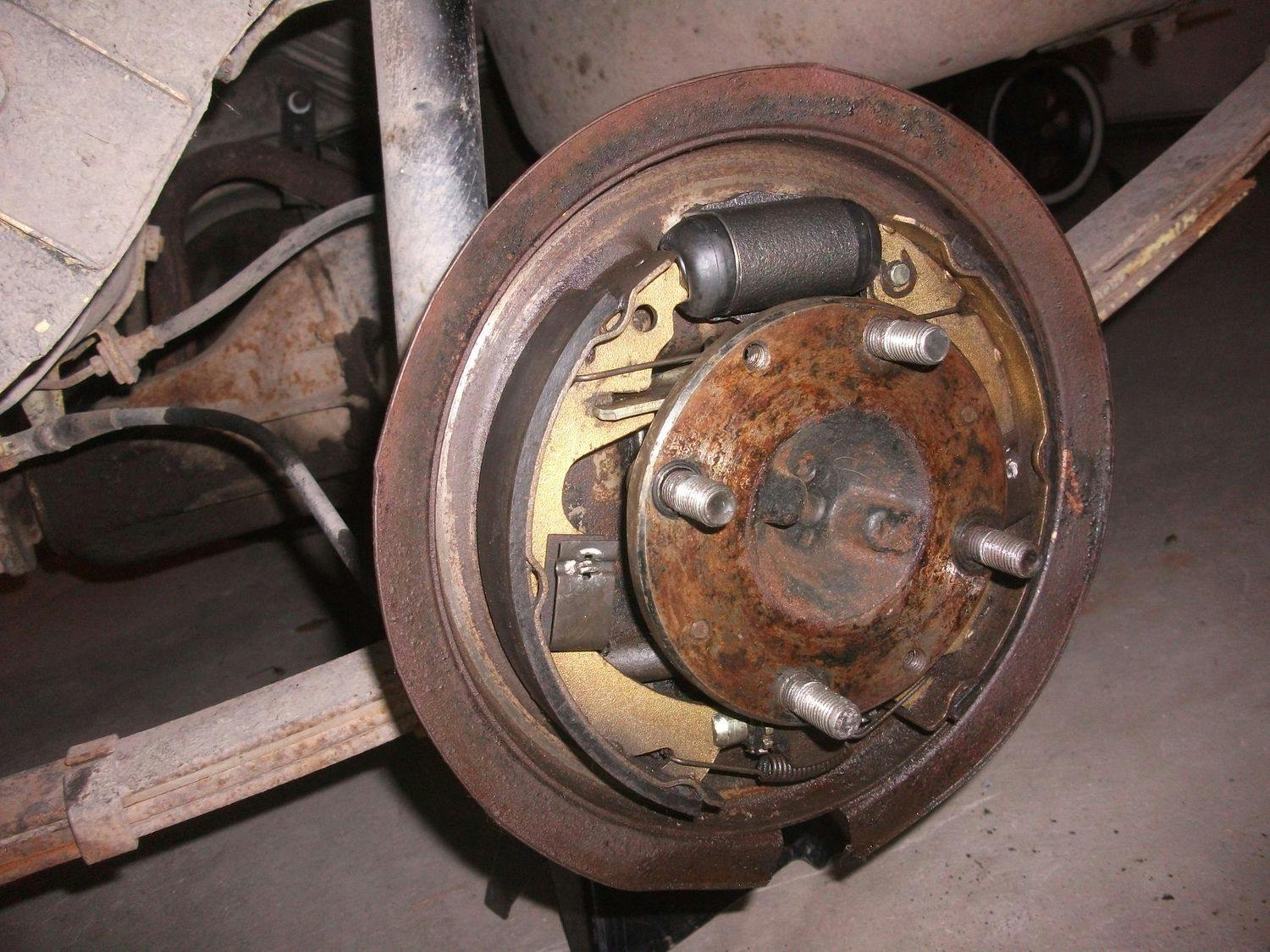Drum brakes: How do they work, and what are their pros?

Today we will look at drum brakes and highlight their advantages, but we will also mention their disadvantages and take a closer look at how they work. With a drum brake, the braking force acts on the inner surface of the body (brake drum), which is firmly connected to the wheel hub.
During braking, the brake shoes are pressed by jaws on the inner surface of the drum, where friction is created, and thus the braking force is created.
Inhaltsverzeichnis
The jaws can be pressed in two ways:
- Hydraulically - using a spreader roller = service brake
- Mechanically - using a spreader lever = parking brake
Drum brakes and their construction:
Drum brakes are composed of several components, namely:
- Brake drum
- Brake shield
- Brake shoes
- Expansion device
1. Brake drum
It is made of cast iron, cast steel, or an alloy of light metals or other solid metals that are resistant to wear, but also dissipate the heat generated during braking.
The brake surface of the drum must be precisely machined to guarantee the best possible contact with the brake shoes. The brake drum is attached to the vehicle's wheel using screws. The wheel and the brake drum rotate together.
The brake drum must have the following:
- high wear resistance
- the constancy of shape, dimensions
- high thermal conductivity
2. Brake shield
The brake shield forms a grip for the brake shoes and other parts of the brake, which creates a pressure force (braking force) acting on the brake drum. The brake shield is firmly attached to the vehicle axle and does not rotate.
3. Brake shoes
They are made of sheet steel and have the shape of a crescent on which the brake lining is glued. Brake lining is a composite material made from sawdust of various metals and binders. The brake shoes are pressed against the inner surface of the brake drum using a spacer device.
The friction between the brake shoes and the brake drum creates braking force. As I mentioned above, the jaws can be pressed in two ways, using a hydraulic brake cylinder (service brake) or mechanically using a spreader lever (parking brake).
4. Spreader device
Depending on the design of the brake, the spreading device can be one or two spreading rollers. The spreader roller can have one or two pistons. After depressing the brake pedal, the pressure of the brake fluid is transferred to the piston, which extends and thus presses the brake shoe against the drum.
Advantages of drum brakes:
- the longer service life of the brake lining compared to a disc brake – easier connection to the handbrake
- the brake mechanism is located inside the drum and is thus protected against dirt from the surroundings
Disadvantages of drum brakes:
- under load and longer braking, the braking effect decreases
- deformation of the brake drum can occur when overheating
- weaker braking effect compared to disc brakes
Today, drum brakes are mainly used on work machines due to their resistance to dirt (their use in cars is on the decline, and disc brakes are replacing them, but some small city cars are still equipped with drum brakes, although only on the rear axle)